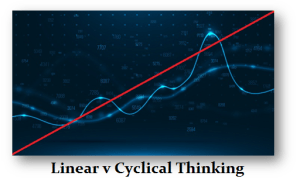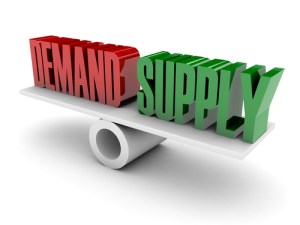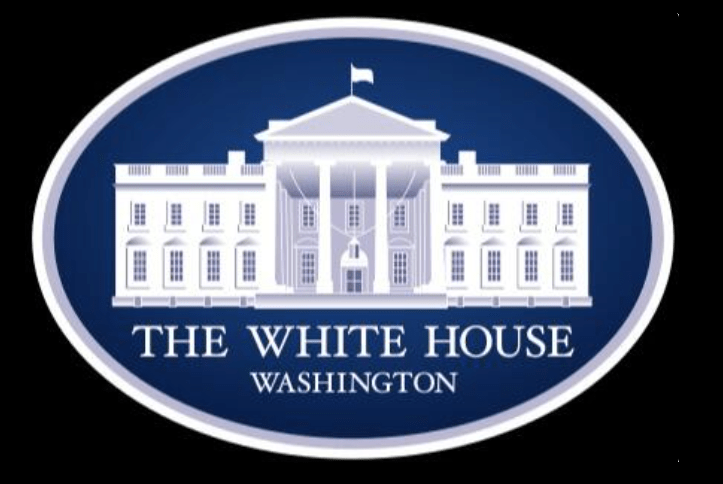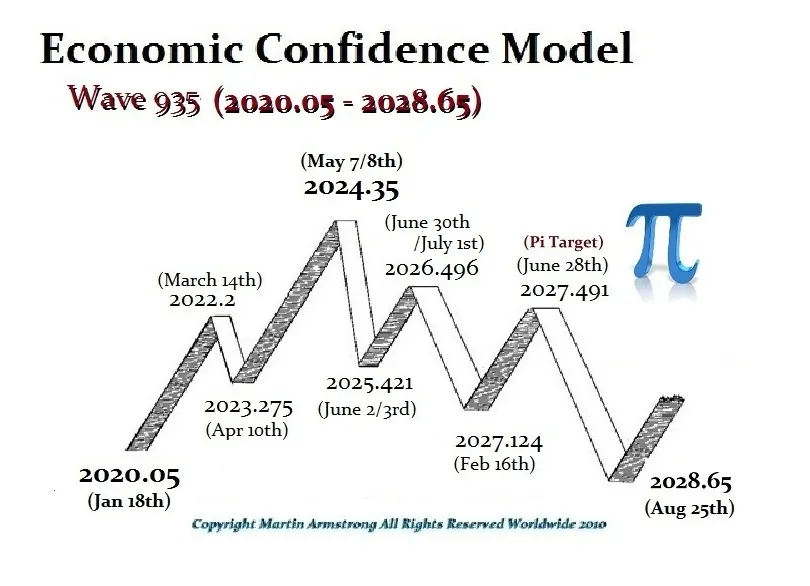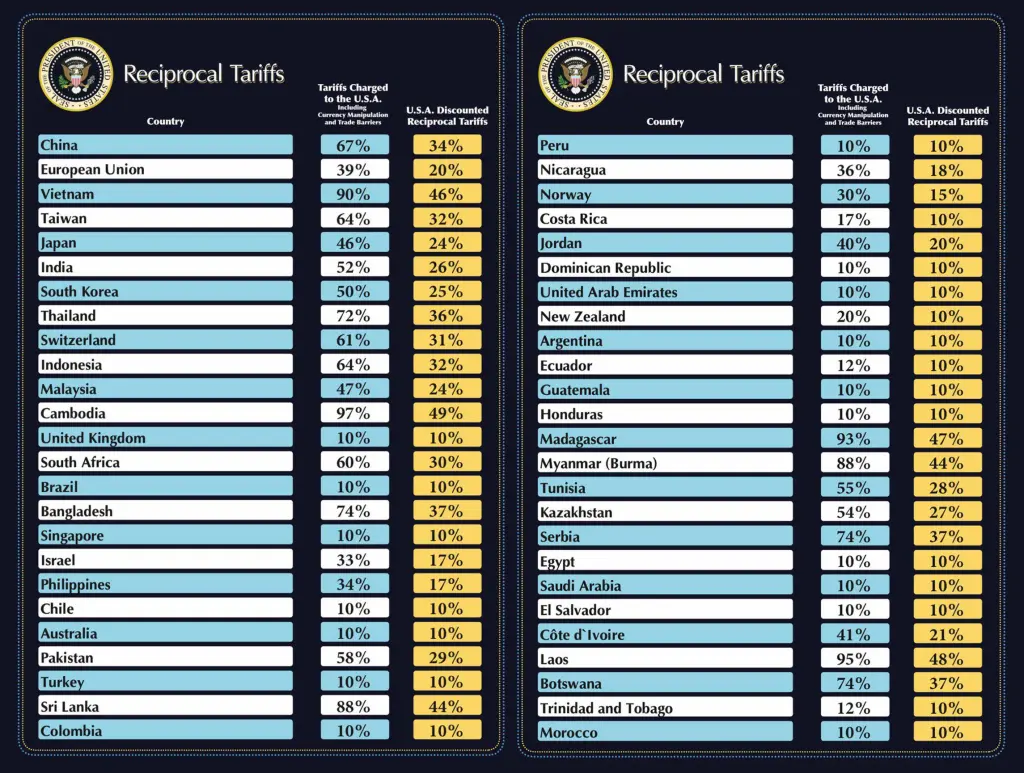Economics is well known for rather unrealistic theories based upon fundamentally unsound principles, such as the assumption that all things remain equal. Reality parts with academics whenever such assumptions are drawn to a foregone conclusion. However, greater false assumptions, which go unnoticed, lie at the foundation of so many theories in economics – primarily the assumption of linearity.
In our thinking process, we all are trapped by the Aristotelian sequence of logic – if X takes place, then Y must follow. Unfortunately, we think linearly and, as such, most theories seek to embellish this very basic assumption. The financial world honestly wants to believe in simplistic notions. Raising interest rates and demand will subside along with inflation is one false linear assumption. Man prefers to believe in linear relationships and systems because anything beyond two variables becomes far too complex for rational thought processes.
Man’s natural tendency toward linear thinking has indeed created many heated battles. The arguments between supply and demand-side economics is one such example. Given the assumption of a linear economy, demand-side economists argue that the economy can be controlled through the manipulation of government spending and interest rates. In effect, demand-side economics seeks to use the consumer (demand) as a club to beat capital over the head. Yet these same demand-side economists claim that supply-side economics benefits the rich at the expense of the poor. Strangely enough, throwing the consumer out of work and causing higher unemployment to affect lower demand is the core of demand-side economics. It is hard to see how the demand side benefits the poor at the expense of the rich. The supply-side economist argues that there should be less government intervention in demand. Instead, the government should stimulate the economy by encouraging greater output through supply stimulation.
Both sides have identified two extremes within a non-linear system, even though their arguments, based upon a linear assumption, assume that the other is totally wrong. If we look at just the last 10 years of economic activity, we can clearly see changes within the infrastructure that provide a period when each form of economic management would indeed be appropriate.
Looking at the period 1976–1980, it would be difficult to label this period as anything other than an inflationary spiral led by demand. Raising interest rates would be appropriate under such conditions when demand flourishes wildly beyond its normal capacity. Hoarding and speculation were in full bloom. Therefore, one should employ “demand-side” economics when demand is, in fact, out of control.
Nevertheless, in the post-1986 era and particularly since the ’87 crash, speculation is hardly the issue. We do not find excessive demand leading to the hoarding of commodities, as was the case leading into 1980. Yet, governments around the world are still employing demand-side economics to curb inflation, which is being caused by real shortages in labor and commodities. Clearly, in this case at least, supply-side economics makes much more sense. If interest rates continue to rise, the world economy will be threatened by a sharp and severe recession. However, the shortages on the supply side in energy, agricultural, and base metals will not be corrected by raising interest rates. Higher interest rates will not cause the weather to return to normal. Higher interest rates will certainly not encourage miners to open new mines. Higher interest rates will also not cause a reversal in trend within the energy sector where exploration has been cut by more than 50% in the last two years.
Supply-side economics is as valid as demand-side economics. Everything within the system has a time and place because the system itself is non-linear. The chart provided illustrates our Theory of Non-Linear Intervention. This theory is very simple and based upon actual observation.
The standard economic assumption under demand-side economics is that raising interest rates will lower demand and inflation. Continually raising interest rates does not prevent inflation. At some point in the system, confidence breaks down, and higher costs in interest rates only add to the costs of production and doing business. Eventually, this spurs inflation instead of reducing it. They attempted to go to negative interest rates, trying to stimulate inflation by punishing people if they failed to spend their money. This attempt failed because they overlooked the simple fact that people will hoard when worried about the future.
The evidence of this is all the hoards of ancient Roman and Greek coins that reveal in times of uncertainty, people simply buried their money for a rainy day. The very basic assumption that the system is linear is obviously incorrect. The business cycle exists throughout all times and portrays the system as non-linear. If any effect is taken to extremes, the exact opposite effect emerges. This is the result of non-linear intervention. Each economy possesses a different infrastructure. Consequently, the threshold where interest rates will cease being anti-inflationary and transform itself into the catalyst of inflation resides at different levels in each economic system. Differences in the value of labor, taxation, political systems, and market mechanisms must be taken into account.
In conclusion, government intervention, which seeks to manage the economy in an efficient manner, always fails because they are conflicted with self-interest. They are the biggest debtor within society. Attempts to only manage the economy by demand-side economics ignore the free market entirely. Intervention cannot possibly work when government remains in the dark about how the economy even functions. They fail to comprehend the direction and cause of inflation or deflation. The first step is recognizing that there is a business cycle, the second is to accept that a cycle exists, and third, we merely try to prepare for the downturns exactly as David advised the Pharaoh – seven years of plenty v seven years of drought.


